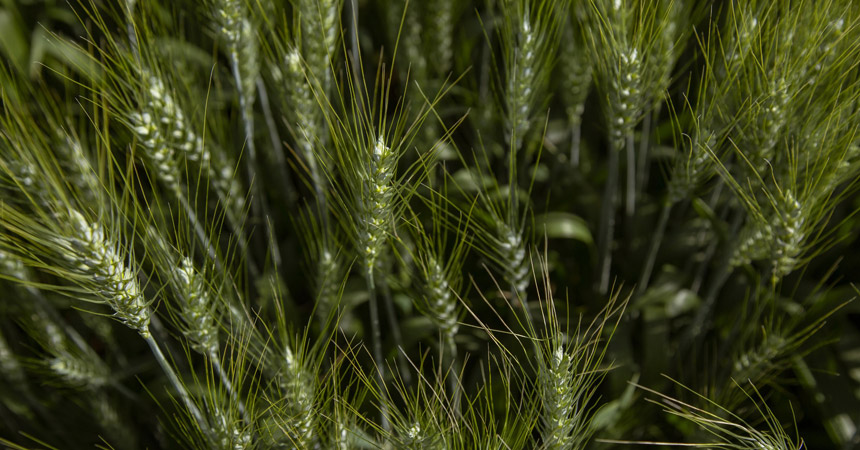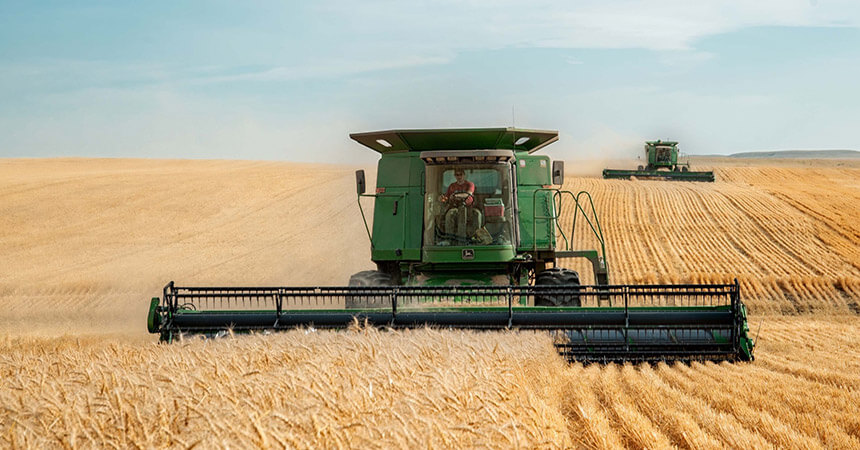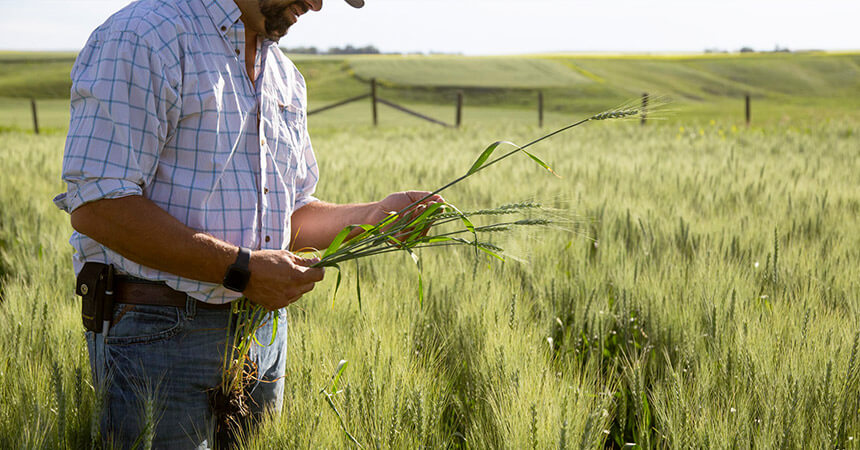CWRC launches review of Canadian wheat breeding innovation system
Sept. 11, 2025 (Carman, MB; Saskatoon, SK; Calgary, AB) – The Canadian Wheat Research Coalition (CWRC) has engaged Synthesis Agri-Food Network to review Canada’s wheat breeding innovation system in an effort to safeguard its ability to serve the evolving needs of Canadian farmers.
A review of the current wheat breeding landscape will help the CWRC identify and address potential risks and opportunities in the Canadian system while ensuring it continues to generate elite varieties for farmers across the country.
“Canadian farmers need a wheat breeding innovation system that is globally competitive, prevents technology gaps and maintains choice and competition in the marketplace,” said Dean Hubbard, CWRC chair and a farmer near Claresholm, AB.
The CWRC engages in core breeding agreements (CBAs) with Agriculture and Agri-Food Canada, the University of Saskatchewan Crop Development Centre, the University of Manitoba and the University of Alberta, investing over $9.5 million per year on behalf of western Canadian farmers. Since the introduction of the CBA model, farmers have become a key funding partner for public wheat breeding in Canada, with their contributions representing almost half of the estimated total public varietal research and development costs.
These CBAs, and other investments in public plant breeding in Canada, have generated significant returns for both farmers and the public over the last several decades. CWRC CBAs have resulted in the registration of more than 40 new wheat varieties across multiple wheat classes, and a recent study found that farmers received $33 in benefits for every dollar they invested in wheat breeding from 1995 to 2020.
“As farmers, we have contributed a lot of our hard-earned dollars to this important research and the CWRC must ensure those dollars are directed wherever they will produce the largest impact,” Hubbard said. “This review represents a proactive approach to ensuring farmer investments in public breeding programs continue to produce strong results we can see firsthand in our fields.”
For more information, reference our FAQ.
-30-
Media Contacts:
Cole Christensen
Communications Manager
Manitoba Crop Alliance
403-589-3529
cole@mbcropalliance.ca
Andrea Lauder
Communications Manager
Saskatchewan Wheat Development Commission
306-653-7967
andrea.lauder@saskwheat.ca
Harley Groeneveld
Senior Manager, Communications and Marketing
Alberta Grains
403-371-2132
hgroeneveld@albertagrains.com



